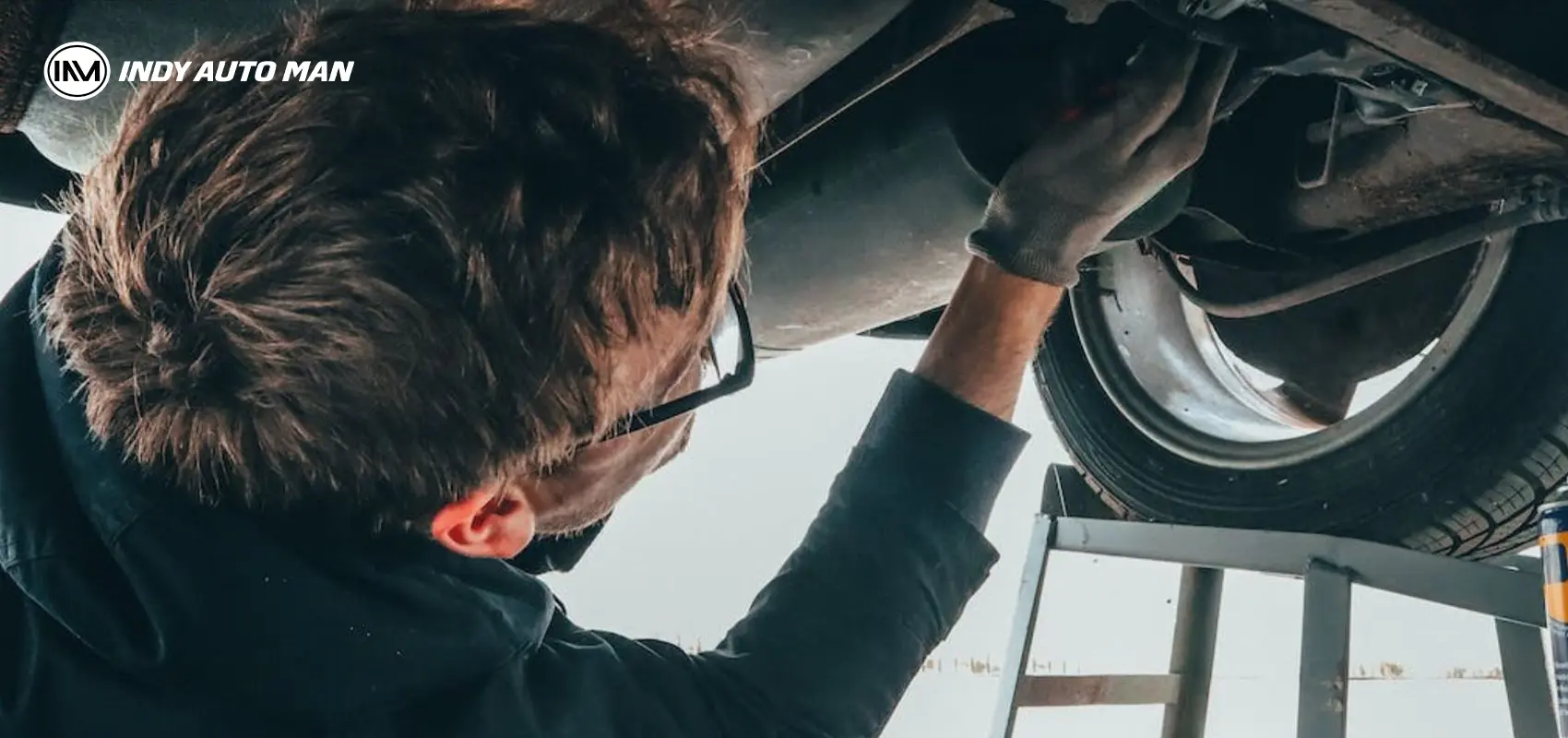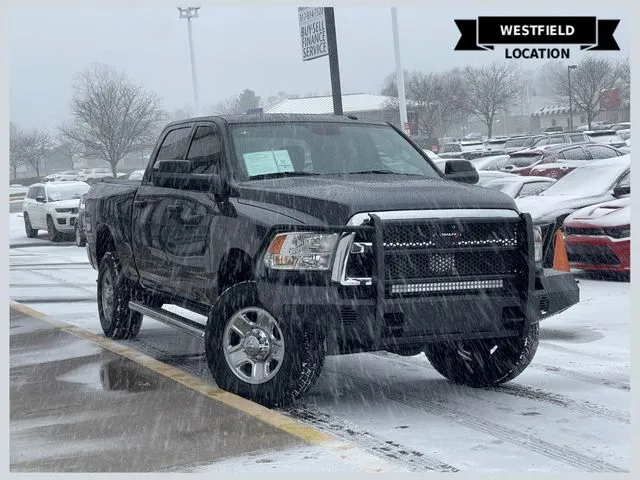Most Frequent And Most Expensive Car Problems and How to Avoid Them
Table of Contents

Sudden car malfunctions on the road can occur to anyone. IAM, a local dealership in Indianapolis, prepared a list of the most frequent and most dangerous car breakdowns, which occur both from careless operation of vehicles and simply from old age. Find out how to recognize a breakdown before it becomes a real problem and avoid costly repairs. And remember, that basic maintenance carried out by a good car service may help if you do it in time. So, never put it off until the last moment.
The Most Common Car Breakdowns

All motorists encounter common car breakdowns, but some malfunctions can make a hole in your budget. Fortunately, almost all breakdowns can be fixed. Let our Indy Auto Man experts consider the most common of them.
Windshield wiper failure
A broken windshield wiper often becomes the cause of an accident. In cloudy weather, the view deteriorates, and missing the obstacle that has arisen is a matter of time, not attentiveness.
Wipers wear out not only from frequent use but also from exposure to the sun and frost. If you notice that the windshield wipers are starting to work slower, you need to replace the blades and check the electric drive system. Often, replacing blades is enough.
Deterioration of light and indicators
Many motorists do not pay enough attention to the operation of their headlights and drive with one working light, faulty turn signals, or even broken equipment. Such lighting may confuse oncoming motorists and provoke an accident.
A less common but important problem is malfunctioning indicators on the dashboard. Due to errors, the driver will not be able to understand the car's condition and monitor crucial aspects for safe driving. This issue should be resolved promptly by contacting a service center.
Low working fluid levels
Any car manual states you should regularly check oil, antifreeze, and brake fluid. If it turns out that there is not enough oil, the engine will overheat and melt. If you don't have enough antifreeze, you risk getting caught in the middle of the road. Brake and gearbox fluids are responsible for the operation of the braking and speed systems.
Checking the fluid level is simple. In the case of oil, you need to open the hood and pay attention to the risks of the dipstick in the engine. This requires:
- Remove the dipstick;
- Wipe the dipstick with a napkin;
- Insert the dipstick until it stops;
- Remove it again and look at the fluid level according to the risks.
Other liquids are checked similarly. In case of difficulties, refer to the official manual or visit a service station for diagnostics.
Steering problems
If your car handling is worse than before, most likely, the problem is in the steering. In this case, the car pulls to the side, the grip feels worse, and the wheels move heavier. If you feel a vibration while driving, you need to check the tie rod end and the shaft bearing.
To resolve this issue, address a service station. First, the mechanics will diagnose the system and then test the hydraulic (or electric) power steering to find the problem.
Faulty brake system
It is easy to guess what the consequences of malfunctions in the brake system are. To find out about the incorrect operation of the brakes, you do not need to go to the service center. It is enough to inspect the brake disc. If you notice a side that easily clings to your nail, you will need to replace the brakes. We would also recommend checking the condition of the hydraulic cylinders and replacing the brake fluid.
Worn tires
Worn-out rubber on the tires is something you cannot avoid. Never turn a blind eye to the problem, since flat tires without tread impair traction and are vulnerable to damage.
Always change tires seasonally, especially in states with pronounced winter, like Indiana. In addition, tires must be checked for the formation of lumps, which indicate imminent failure.
The Most Expensive Car Problems

The malfunctions discussed above are familiar to almost every motorist, since they are common and caused by wear and tear of materials (including lack of fluids). Graver problems await you when you least expect them. Here are the most costly breakdowns to be aware of.
Engine overheating
An excessive increase in engine temperature may cause a serious breakdown. To avoid it, monitor the temperature at the dashboard, and stop if the indicator approaches the red zone. A broken thermostat or damaged hose are the most frequent causes of overheating. If the temperature does not drop, turn off the engine and contact the service.
Engine water hammer
A water hammer occurs when water enters the engine block. Water does not compress, so it puts pressure on the pistons, and the parts fail. And if you try to start the car after a water hammer, you run the risk of internal combustion engine replacement.
A water hammer does not necessarily happen after a car body is flooded - in practice, a trip in a deep puddle is enough.
Automatic transmission failure
The transmission breaks down due to electronics: most often, the reason lies in a malfunction of the onboard computer software or failure of the solenoids.
The mechanics in the gearbox fail noticeably less often. However, this also happens, most often due to reckless driving or the high car mileage.
Timing belt rupture
The timing belt must be replaced between 70 and 90 thousand miles. But the problem lies not only in the belt: the valves may not contact the pistons, or engine parts may be damaged - the exact reason depends on the type of timing belt. Entrust the inspection to the professional serviceman, if not diagnosed timely, the electronic engine control unit can burn out.
If you are not versed in electronics, entrust the connection of wires to a specialist. Even though, in modern cars, the electrical control unit is protected, the possibility of damaging the “brain” exists.
Clutch failure
A characteristic sign that the clutch has died is a burning smell when driving. The functionality of the gearbox is based on the operation of the clutch disc. Breakage occurs as a result of the disc surface becoming smooth. Most often, the reason lies, oddly enough, in traffic jams: if the driver does not release the clutch pedal but stands idle, the disc becomes unusable.
You won't be able to avoid breakdowns, since even the most reliable vehicles inevitably age. However, regular maintenance and diagnostics of the car on time means reducing the risk of unpredictable situations on the highways.










